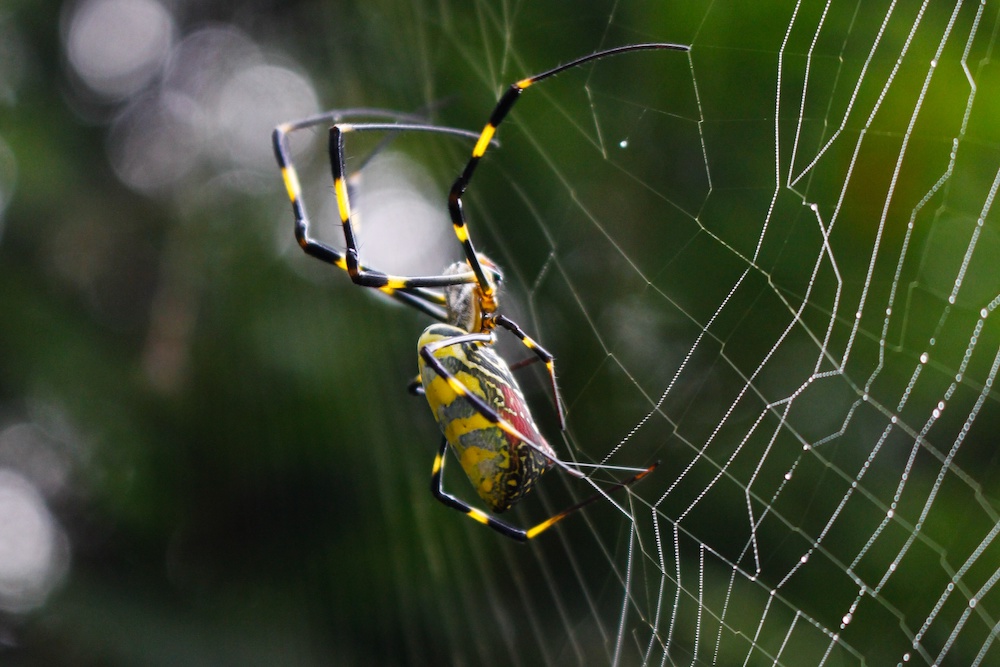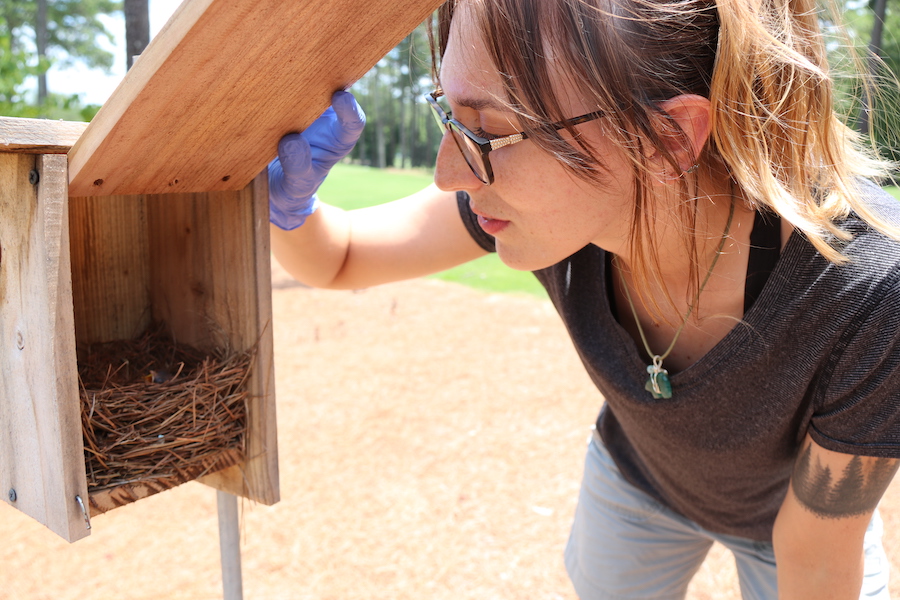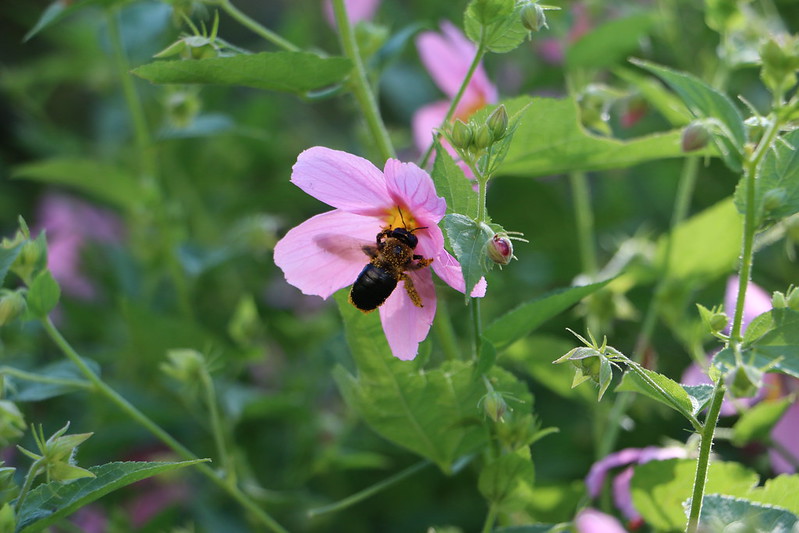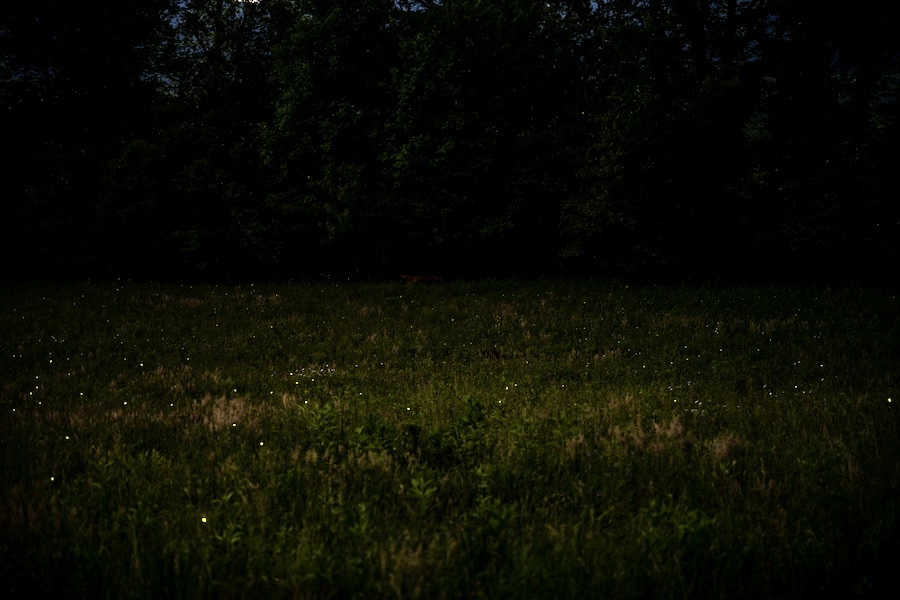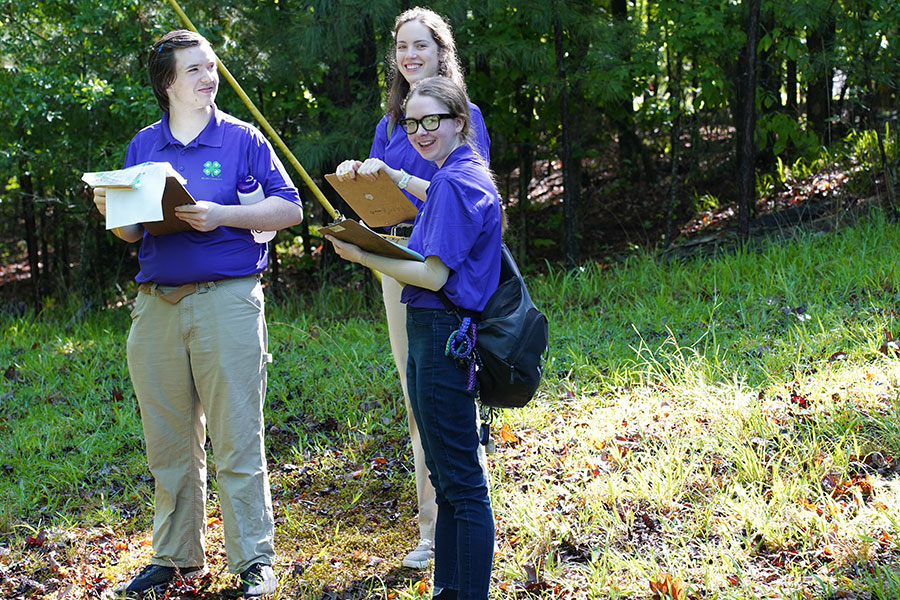 CAES News
CAES News
Wildlife Judging
The senior 4-H team from Bleckley County took home first place at the Georgia 4-H State Wildlife Judging Contest held April 27 at Rock Eagle 4-H Center. Team members Rebekah Crosby, Benjamin Agnew and Maggie Powell earned the prestigious title of Georgia Master 4-H’ers.

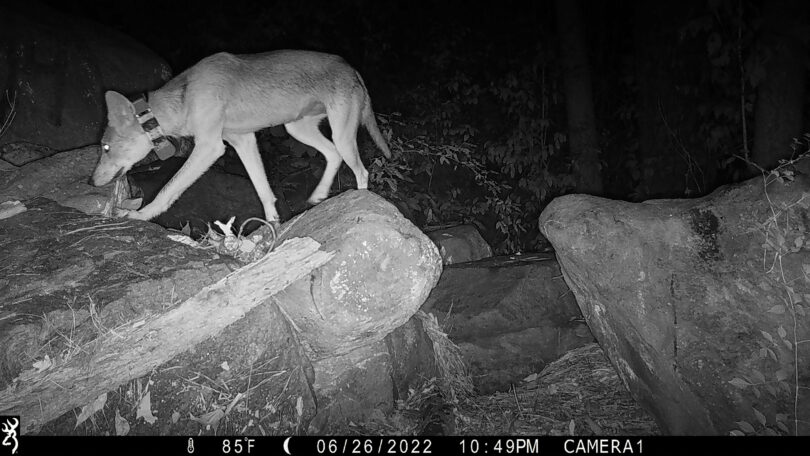
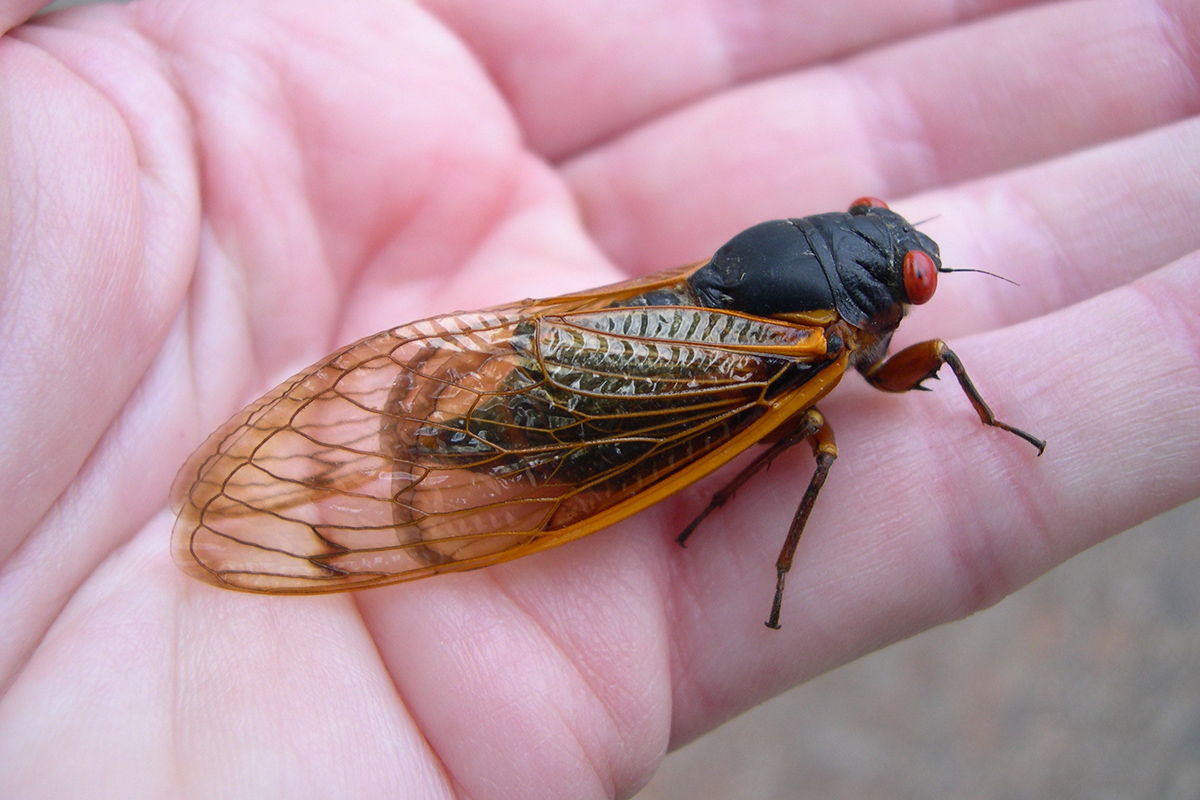
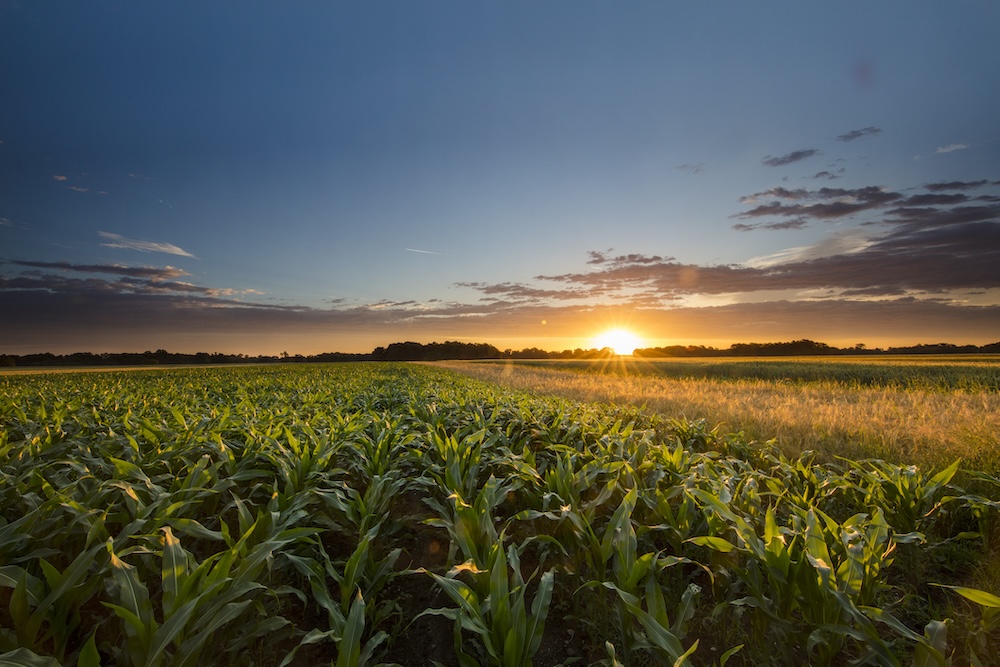
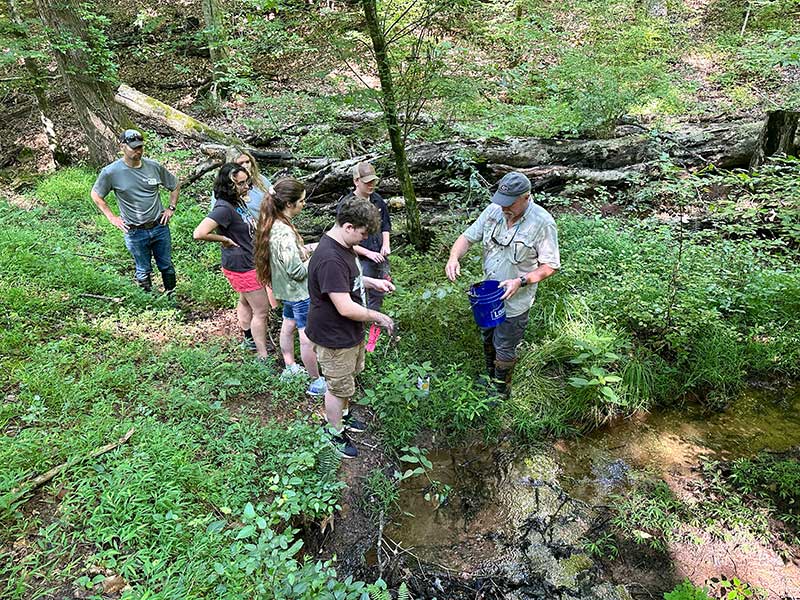
.jpeg)
